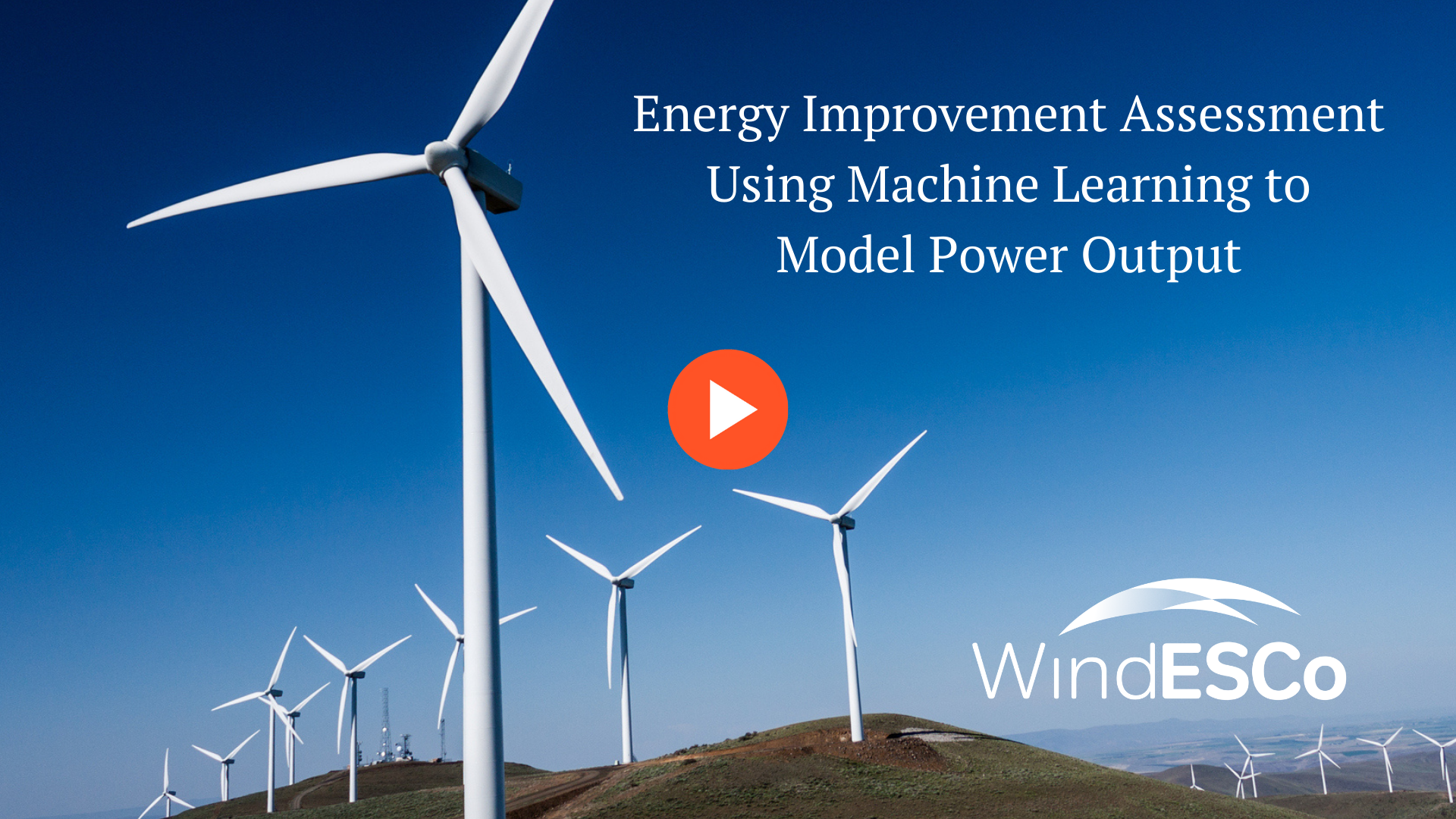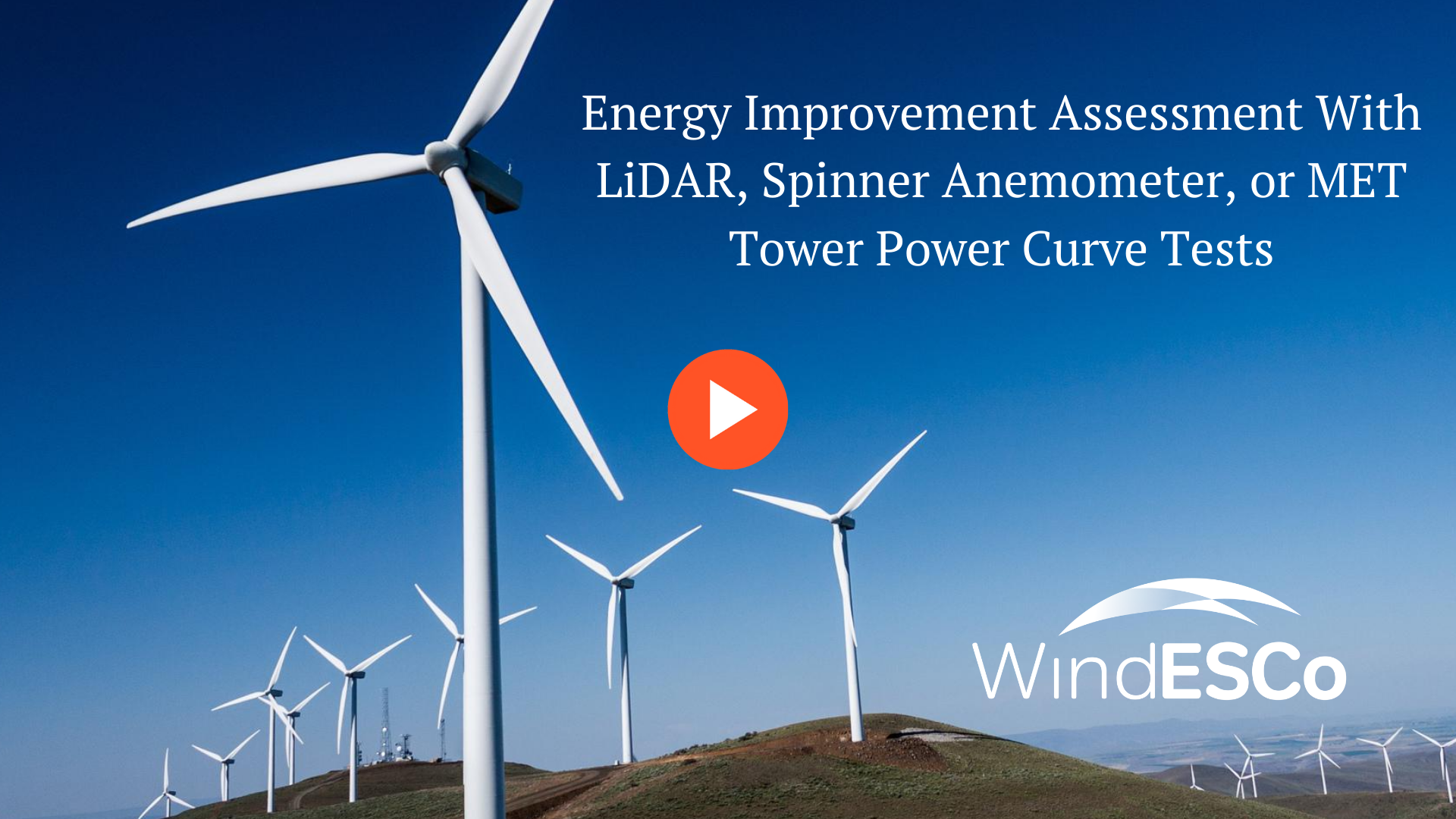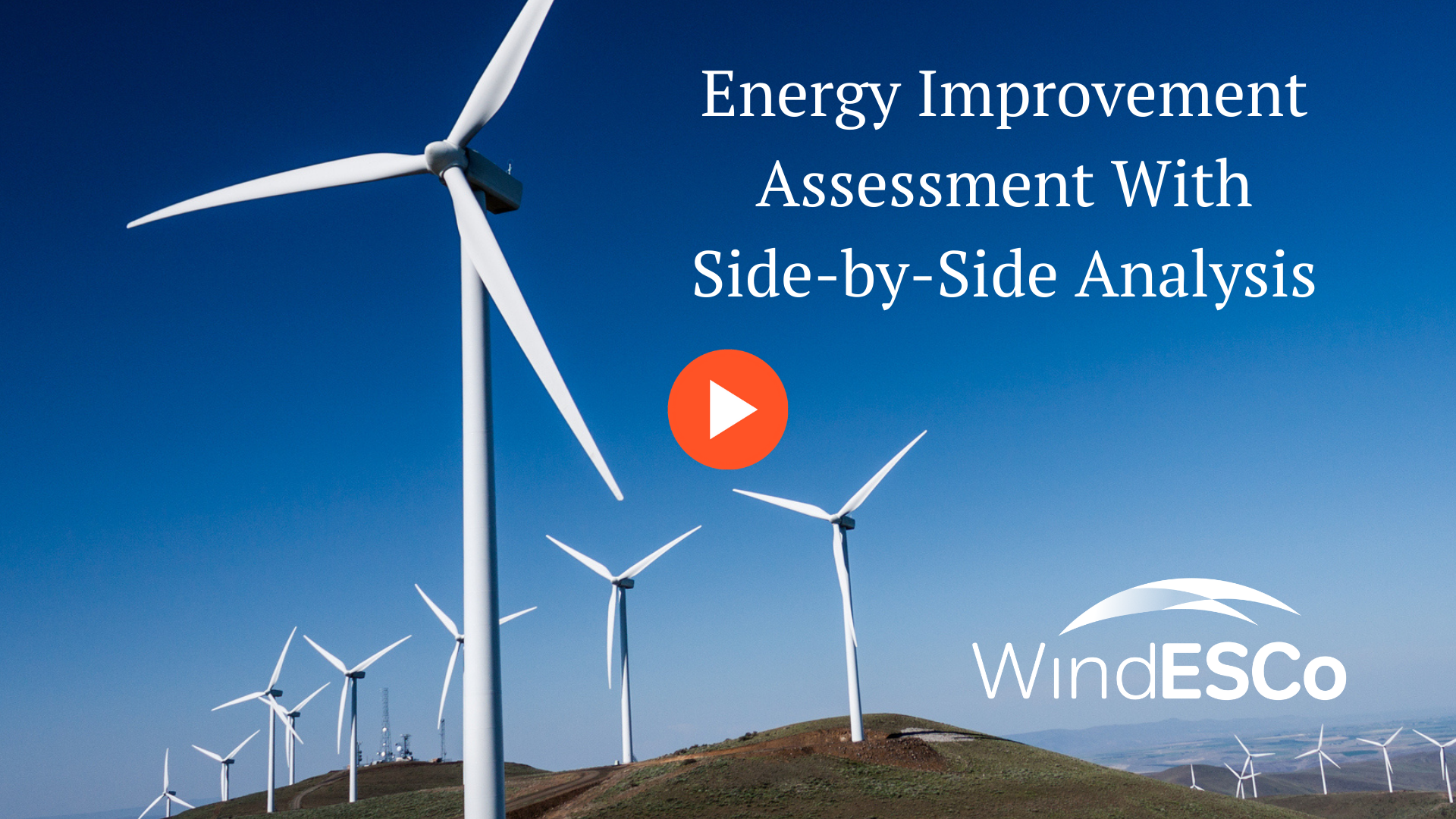Energy Improvement Assessment With LiDAR, Spinner Anemometer, or Met Tower Power Curve Tests
Welcome to the next installment in our search for an accurate, cost-effective, and reproducible method to assess the energy improvement from wind...
1 min read
WindESCo Sep 29, 2020 6:00:00 PM

In this video, we’ll be wrapping up our search for an energy improvement assessment methodology that is accurate, cost-effective, and reproducible.
So far we’ve thrown out nacelle power curves due to low accuracy, conventional power curve tests because they’re expensive and hard to reproduce, and we’ve landed on side-by-side analysis, where we use unmodified control turbines to measure the performance of the upgraded test turbines.
But we’ve identified deficiencies in the binning approaches used for side-by-side analysis due to their unacceptably high uncertainty, especially when we want to try to account for how the test-control turbine power relationship changes with other variables like wind direction.
Luckily, these days there is a rich ecosystem of data science tools available to enable machine learning, allowing us to model more sophisticated relationships between signals in the wind plant data.
Using machine learning, we can significantly reduce uncertainties compared with conventional binning approaches—sometimes even cutting the uncertainty in half, greatly expanding the lower bounds of performance improvements we are able to measure. And since these models are typically freely and openly available, they are also cost-effective and reproducible, making them ideal for assessing energy improvement from wind turbine upgrades.
A word of caution. Even though these models can be powerful, if used incorrectly they’ll give incorrect results. That’s why you need a team with both wind domain and machine learning expertise to apply them correctly.

Welcome to the next installment in our search for an accurate, cost-effective, and reproducible method to assess the energy improvement from wind...

The Wake Effect As wind turbines operate, energy is extracted from the inflow, creating a waked region downstream. As wakes propagate through the...

Welcome back to our series looking at methodologies for assessing the energy improvement from wind turbine upgrades. In previous videos, we’ve shown...